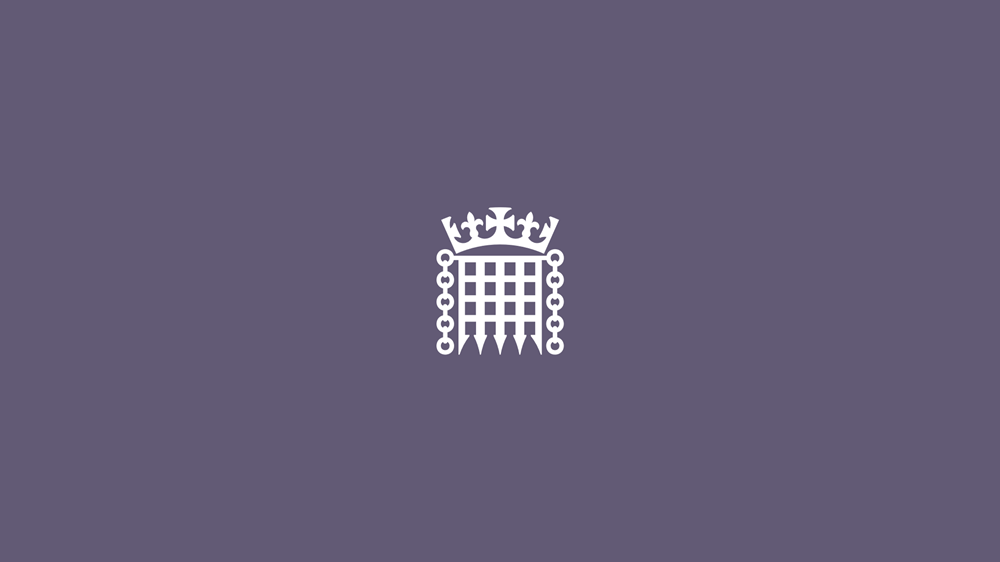Greener homes
3 November 2008 (updated on 22 April 2010)
In a report published today, the Environmental Audit Committee says the Government has favoured building more homes over minimising their carbon impact.
However, the Committee says the dramatic economic developments of recent weeks provide an opportunity to revise the target of 3 million new homes by 2020 so that more emphasis can be placed on environmental concerns. It wants the Committee on Climate Change to review the house-building targets and related carbon budgets.
The Committee says that unless ministers change their policies, it will be impossible for local authorities to prevent planning permission being granted for development on greenfield land, even though this extra land may not currently be needed now the housing market has slowed.
The Committee wants the Government to strengthen planning policy so that the importance of protecting existing green belt boundaries is given a priority.
Chairman of the Committee, the Tim Yeo MP, says:
“Government targets for house-building are intended to make homes more affordable by increasing supply. But these ambitious targets were agreed in a time of economic optimism and easy credit.
"Clearly the assumptions on which the 3 million target was based must be reviewed in the current climate. This is an opportunity for the Government to place environmental concerns at the heart both of targets and planning regulations for new housing.
"The Government needs to ensure that in the current market downturn, an excess of land is not made available to developers, which could lead to greenfield land being developed in preference to brownfield. Once greenfield land is released for development, this land will be lost forever.”
Among the recommendations in its report, the Committee says:
- The Government should urgently review the basis of its target for building 3 million new homes by 2020;
- A clear sequential test favouring brownfield sites for development over greenfield sites should be reintroduced into planning policy;
- Targets to make all new homes zero carbon by 2016 should be used to speed up the development of community renewable energy sources for local neighbourhoods.
- Government should look urgently at introducing feed-in tariffs as a way of making zero carbon homes more financially attractive to developers.
- Eco-town proposals should be re-examined to ensure they have good public transport links, and are located close to commercial centres and employment opportunities, so that they do not lead to large rises in road journeys.
- All major housing building developments from 2016 should have to meet the same environmental tests as eco-towns.
- The Government should investigate the potential for the redevelopment of vacant building to create up to 1.2 million new homes.
- Despite the current market downturn, the Government should ensure that minimum standards for public transport and green infrastructure apply to all new developments.
- More aspects of the Code for Sustainable Homes—not just energy efficiency—should become mandatory for builders from 2010.
